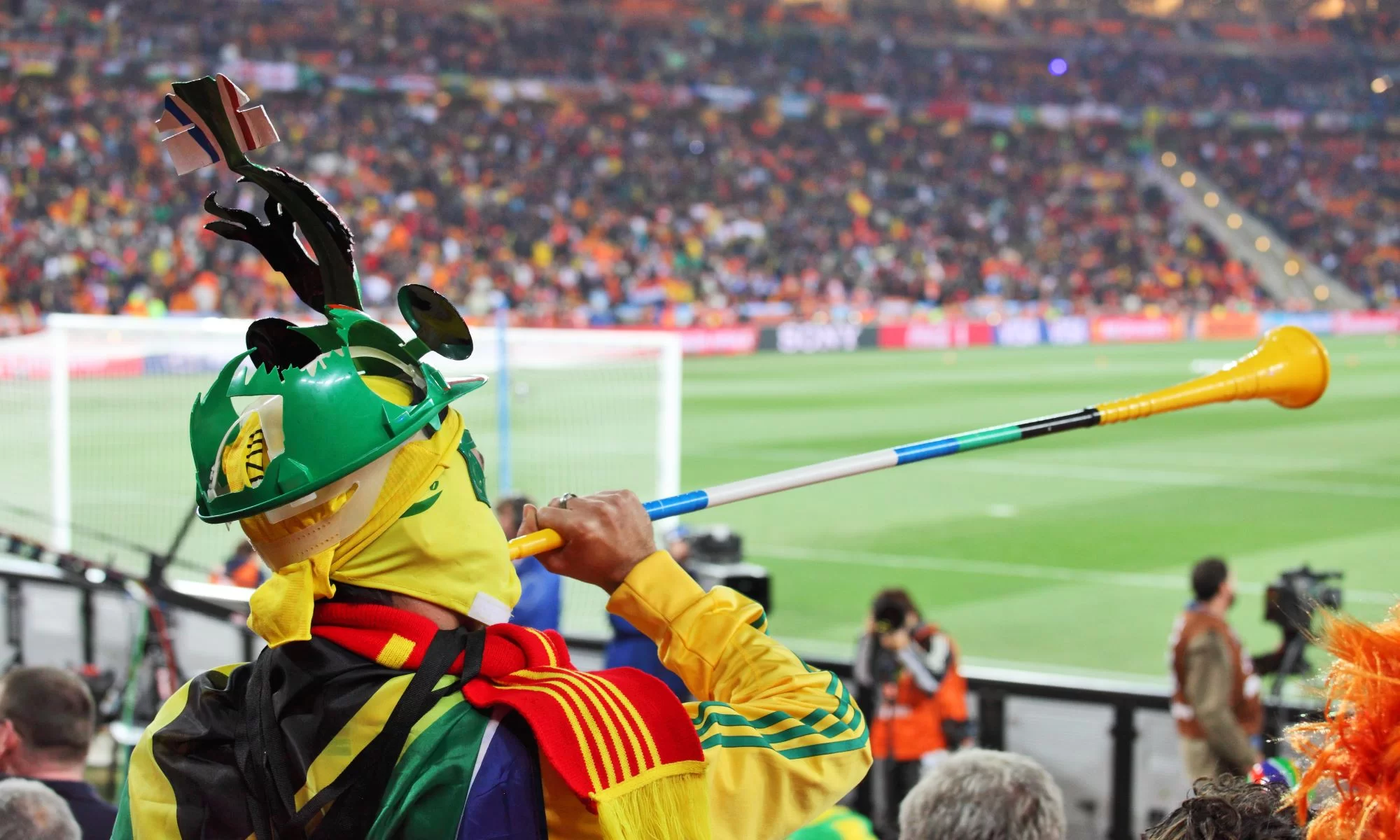Walking football may sound unusual to traditional sports fans, but it’s rapidly gaining popularity among older adults and those with limited mobility. Developed in the UK, this modified version of soccer bans running and physical contact, encouraging slower-paced play. The goal is to keep people active, engaged, and socially connected—without the high injury risk of conventional football.
What makes walking football remarkable isn’t just its inclusivity, but the mental health benefits it brings. Many participants, especially retirees or those recovering from illness, report improved mood, reduced loneliness, and a renewed sense of identity. In a society where aging often means isolation, walking football provides community, competition, and joy—all wrapped in a familiar game.
This sport also challenges how we define athleticism. By embracing slower play, walking football emphasizes technique, communication, and strategy over speed or power. It’s a reminder that sport isn’t just for the young or elite—it can evolve to serve society at every age. As walking football expands globally, it proves that the value of sport isn’t how fast you move, but how meaningfully you play.






